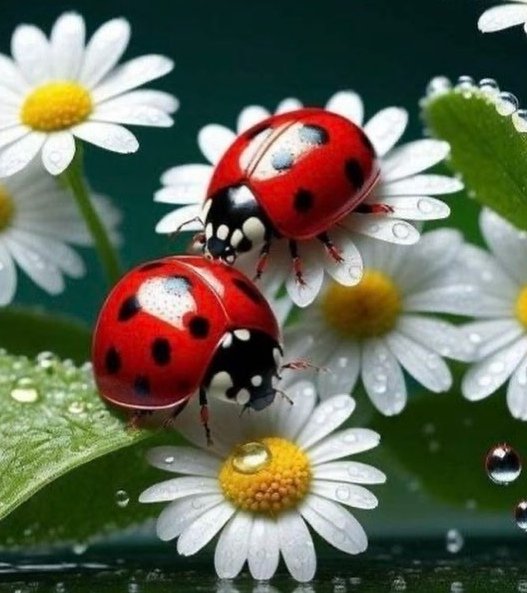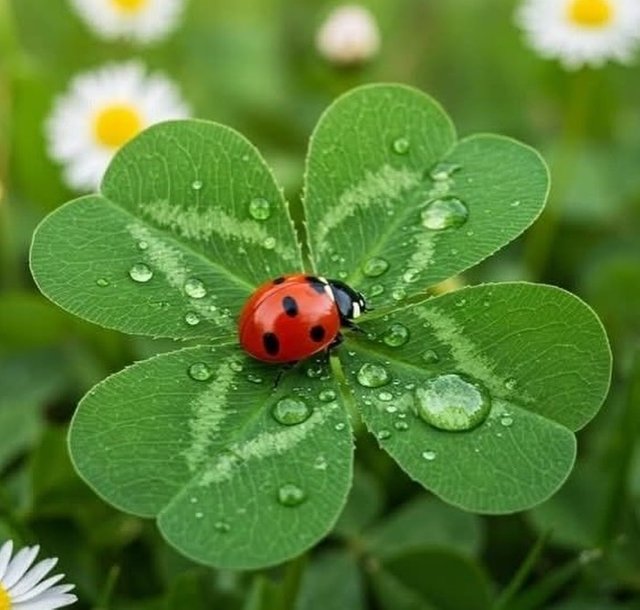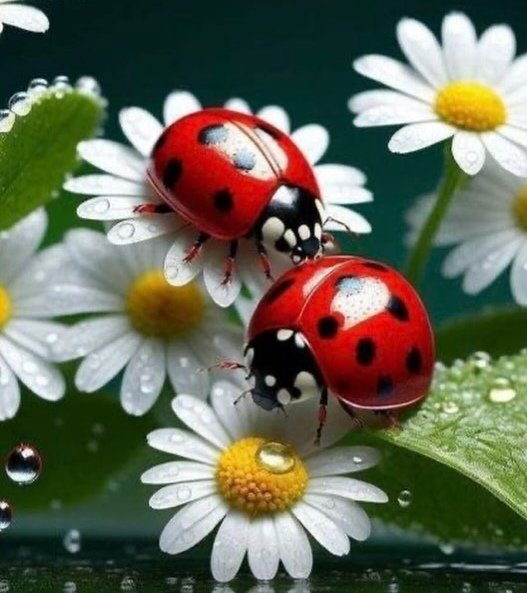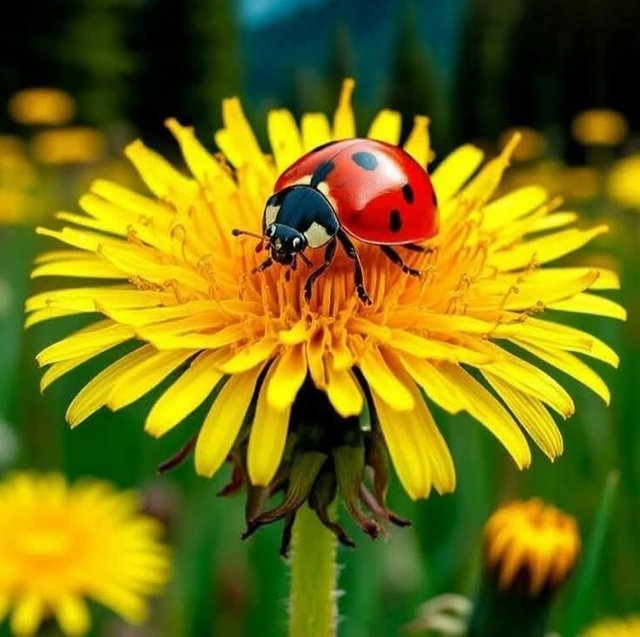So Cute Colour Seven-Spot Ladybird Insect
The Seven-spot ladybird is one of the most recognizable and beloved insects in the natural world. Known for its vivid red color and characteristic black spots, this small beetle is a symbol of good luck and a champion in the fight against garden pests. Found across Europe, Asia, and introduced to North America, the Seven-spot ladybird is not only a charming creature to observe but also an ecologically important species. In this post, we will explore the biology, behavior, habitat, significance, and symbolism of this iconic insect.
Identification and Appearance
The Seven-spot ladybird is a medium-sized member of the Coccinellidae family, typically measuring between 7 to 10 mm in length. Its body is dome-shaped and oval, with a bright red or orange elytra adorned by seven distinct black spots — three on each side and one central spot where the two elytra meet. This striking coloration is a classic example of aposematism, a defense mechanism that warns predators of the insect’s unpalatable or toxic nature.
The head and pronotum are black, often featuring small white patches on either side that resemble eyes. The legs and antennae are also black, completing its distinctive appearance.
Habitat and Distribution
Originally native to Europe and parts of Asia, the Seven-spot ladybird has been widely distributed across the Northern Hemisphere. It is commonly found in:Meadows
Gardens
Woodlands
Farmlands
Parks and hedgerows
Its adaptability allows it to thrive in a range of environments, especially where its favorite prey — aphids — are abundant.
In the United States, the Seven-spot ladybird was introduced as a biological control agent to help manage aphid populations. While it has naturalized in many regions, its presence has raised concerns about competition with native ladybird species.
Diet and Role in the Ecosystem
The Seven-spot ladybird is a voracious predator, especially in its larval stage. Its primary diet includes:
Aphids
Scale insects
Mites
Small caterpillars and insect eggs
By feeding on plant-sucking insects, these ladybirds provide an essential natural pest control service, making them invaluable allies in both agriculture and horticulture. A single adult ladybird can consume up to 50 aphids a day, while its larvae can devour hundreds more over the course of development.




%20(7).jpeg)